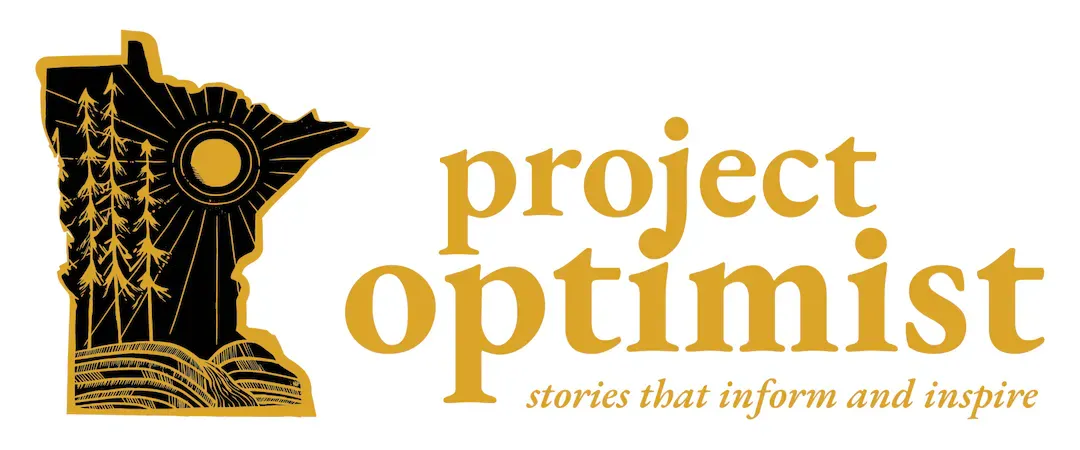Expert answers your recycling questions
Emma Pardini of WLSSD in Duluth answers questions we couldn't get to at Project Optimist's October recycling panel discussion.

DULUTH, Minn. — We have the answers!
Well, some of them.
We weren't able to get to all the questions readers posed during a panel discussion on recycling in October.
Thankfully, one of our panelists was able to answer some of them after the fact.
Thanks to Emma Pardini, environmental programs coordinator at the Western Lake Superior Sanitary District, for answering the following questions.
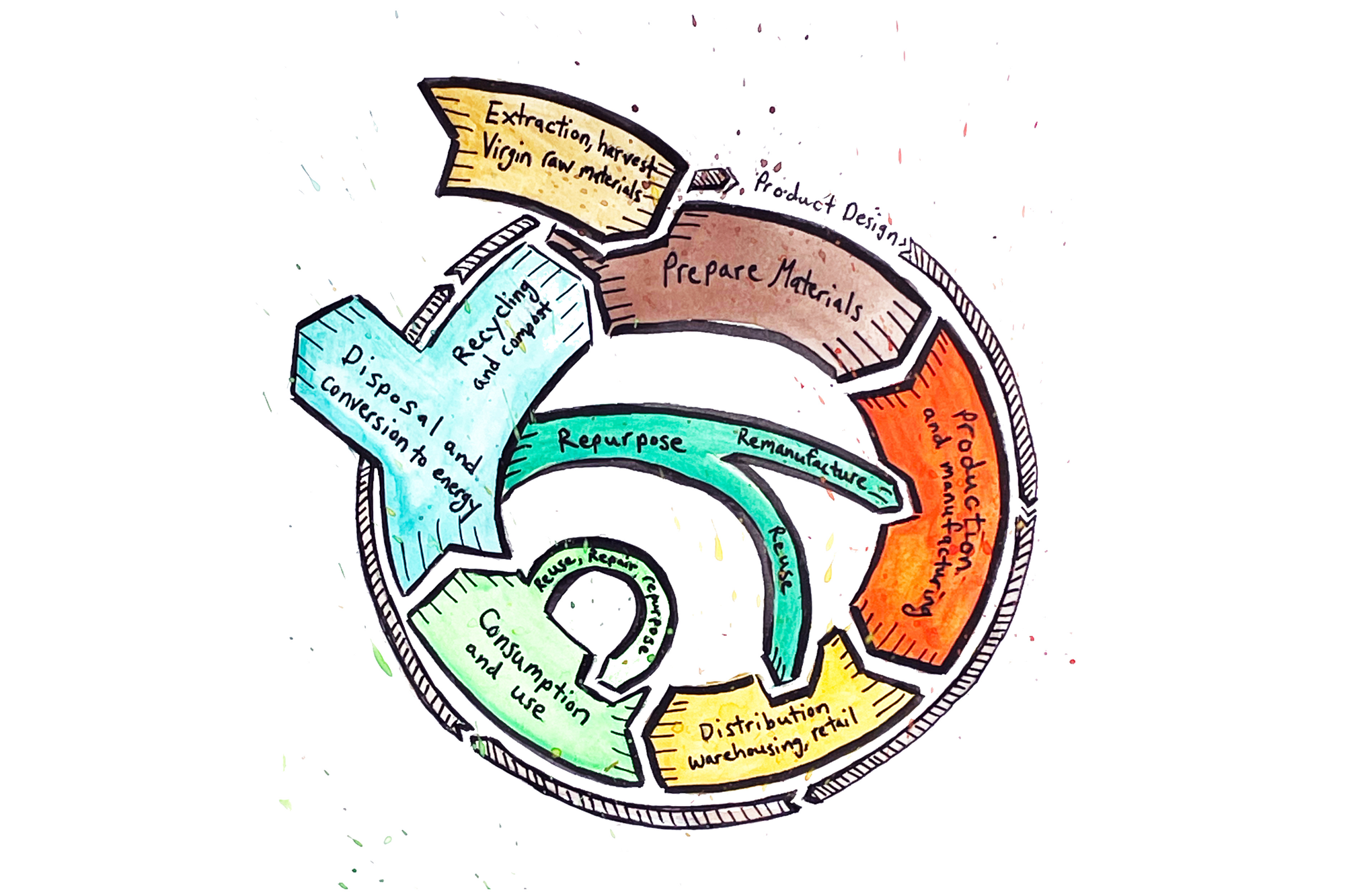
Q: Are accepted recyclables more or less the same statewide? I sometimes hear there is variation in what is accepted like brown plastics vs black plastics which seems to make it difficult to tell what is recyclable town to town.
Pardini: There is definitely variation – both in what is accepted and how it’s accepted (i.e. single sort/mixed recycling vs. individual containers for paper, glass, etc.). Where I live in Duluth, for example, there’s an open haul system – customers are free to pick between different private licensed hauling companies to service your curbside carts. Each company delivers to a different sorting facility, and each company handles change differently*, so your list of recyclables may be different than your next door neighbor’s!
The Recycling Association of Minnesota has a Recycling Education Committee dedicated to developing education on universal/lowest common denominator recycling guidelines, which is a huge undertaking, considering not only regional variability but change over time.
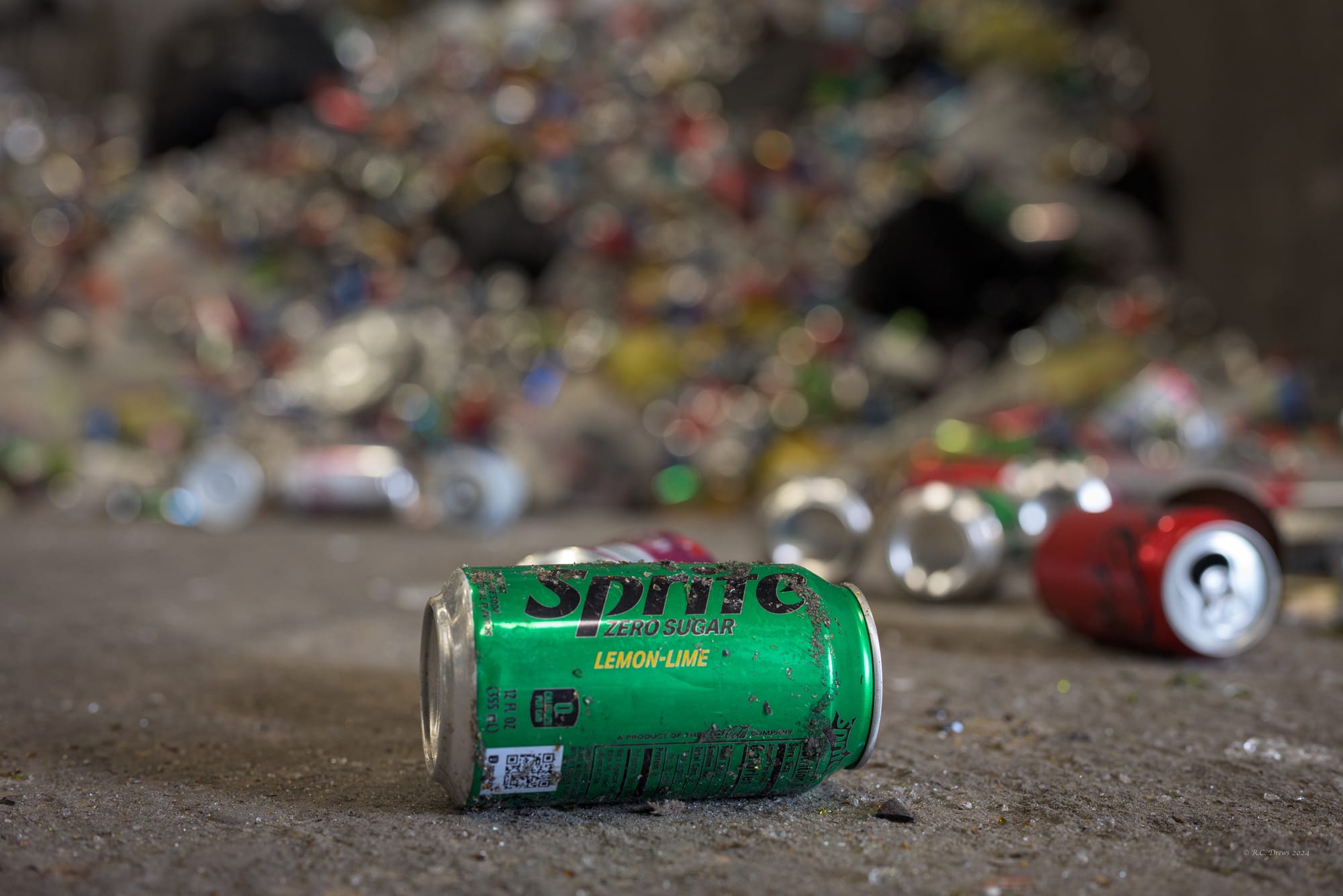
*An important note: haulers are always juggling customer trust, customer confusion/despair, and changes in technology, infrastructure, and markets. For example, let’s say a sorting facility gets a new piece of equipment and starts accepting a new type of widget in their single sort recycling. A hauler could tell their customer right away “we now accept widgets!” but that would require redesign and printing of all their educational materials and a targeted education campaign to get a big influx of widgets. That’s more material for them to sell on to recyclers, so, great! But let’s say the widget recycling market is still unstable and collapses in a month or a year. Now, the hauler has to go back to all those customers and say “stop sending widgets! We can’t take them!” which is another whole education campaign, plus dealing with customer frustration and mistrust of the “flip-flopping” hauler. So many haulers will wait until they’re really sure a change is here to stay before communicating with their customers.
• See how recycling is sorted
• Watch the replay of our recycling panel discussion
• Learn how to reduce waste and consumption
• Hear from someone who gives furniture new life
• Read about lessons learned from two decades of community composting.
Q: How can people tell which paper/cardboard food packaging is not recyclable or compostable? Instructions used to say that any packaging for frozen items is not recyclable, but now that packaging often has a recycling symbol.
Pardini: There are three pieces to this question.
1. I always tell folks that if you want specific instructions on recyclability of a product, don’t ask the manufacturer (i.e. any symbols or instructions on that packaging), ask the recycler. Your best line of communication there is through your hauler/the entity you pay your hauling bill to (that might be a municipality or a private company).
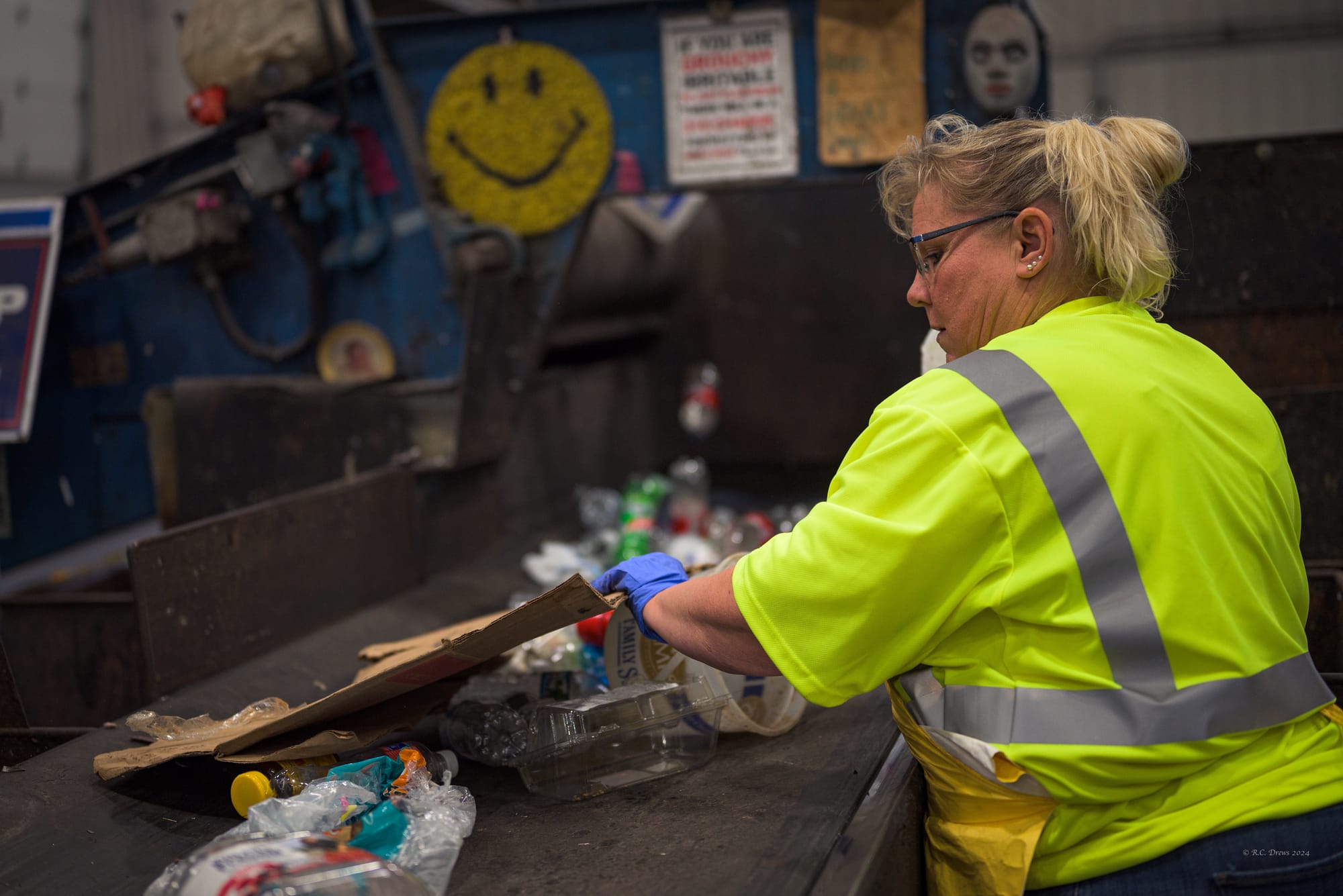
2. With that important caveat aside, it is true that fiberboard packaging that comes in direct contact with frozen food typically is coated or treated with a plastic vapor barrier to prevent freezer burn or chemicals to improve wet strength, and both of those processes make recycling more difficult. An important note: this only applies to packaging in DIRECT CONTACT with the frozen food; many frozen foods come in a package with an additional cardboard sleeve, which may very well be accepted by your hauler.
3. On the “recycling symbol:” An important note about those three chasing arrows is that the symbol is not trademarked or copyrighted. You and I use that symbol to mean "recycling;" plastic manufacturers use that symbol to mean "Resin Identification Code." The numbers 1 - 7 indicate the type of resin that the product is made out of (i.e., PET, HDPE, LDPE, PVC… and #7 actually means “other,” aka any resin that isn’t one of the first 6 or any combination or mixture of materials). For a long time, it was pretty effective for recycling educators to use the resin identification code as a proxy for recyclability. As plastic manufacturing becomes more complicated and plastics of each resin can be formed and shaped in new and different ways, it gets trickier to separate plastics at sorting facilities. Long story short, the Resin Identification Code (chasing arrows symbol with a number in the middle) isn’t an indicator of recyclability.
Sign up for Project Optimist's newsletter
Solution-focused news, local art, community conversations
It's free. No spam. Unsubscribe anytime.
Q: How can we best get educated on what is and isn't recyclable (example: black plastic from take out containers)?
Pardini: By asking your hauler! Because recycling is so regional and changes over time, it’s important to get your information from the source. The source, in this case, is whomever you pay your hauling bill to (usually a private hauler or municipal/local government entity) or, if you utilize a rural drop-off site, the entity that operates that facility. They’re the folks who best know what can and can’t be effectively sorted and marketed at the materials recovery facility that their recyclables are delivered to.
 Project OptimistJen Zettel-Vandenhouten
Project OptimistJen Zettel-Vandenhouten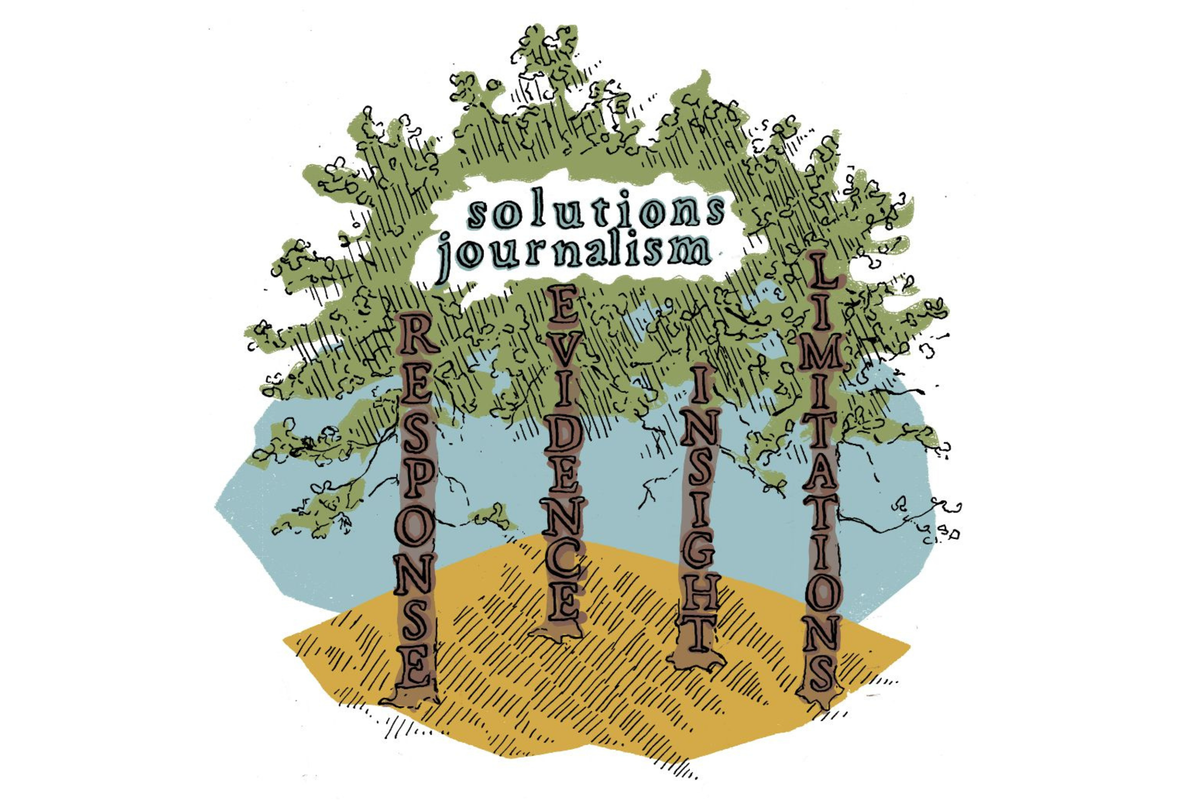
Q: How can we effectively standardize the recycling/composting symbols for real-life implementation?
Pardini: One of the closest-to-universal systems I’ve seen is https://how2recycle.info/. But the bottom line is that we don’t have universal standard education/communications because we don’t have universal standard infrastructure/equipment and sorting processes. I remind folks that waste infrastructure is just as complicated as manufacturing and sales infrastructure: asking for universal standard education on “what’s recyclable?” is like asking for universal standard education on “what can I buy at the grocery store?” At all grocery stores, you can buy food; there are some products and brands that are pretty universally available; but you’re still going to have different answers if you ask that question of a Piggly Wiggly in Alabama and a local co-op in Alaska and a food desert in Idaho where most grocery shopping actually happens at a gas station convenience store.
Q: What are some common things that people mistakenly try to recycle that aren't recyclable?
Pardini: For real data on most common items by weight or by item count, a materials recovery facility would better be able to answer this question. Anecdotally, though, I would note plastic bags as one common and problematic "wish-cycled" item. The proliferation of film plastic recycling through drop-off locations, plus the common practice of lining a waste container with a plastic bag, PLUS the fact that some places like New York City require you to bag your recyclables … they all add up to a common false understanding that plastic bags belong in mixed/single-stream recycling bins. Once those plastic bags make it to a sorting facility, they either A) obscure what’s inside so that it can’t be sorted and separated, or B) get tangled in the machinery like pet hair in a vacuum cleaner.
Q: One of the problems I see in recycling is a lack of end markets locally. What is being built with recycled material locally and who is buying recycled materials.
Pardini: A couple great examples from the WLSSD region include Loll Designs and the Atlas Games Replay Workshop.
 Project OptimistJen Zettel-Vandenhouten
Project OptimistJen Zettel-Vandenhouten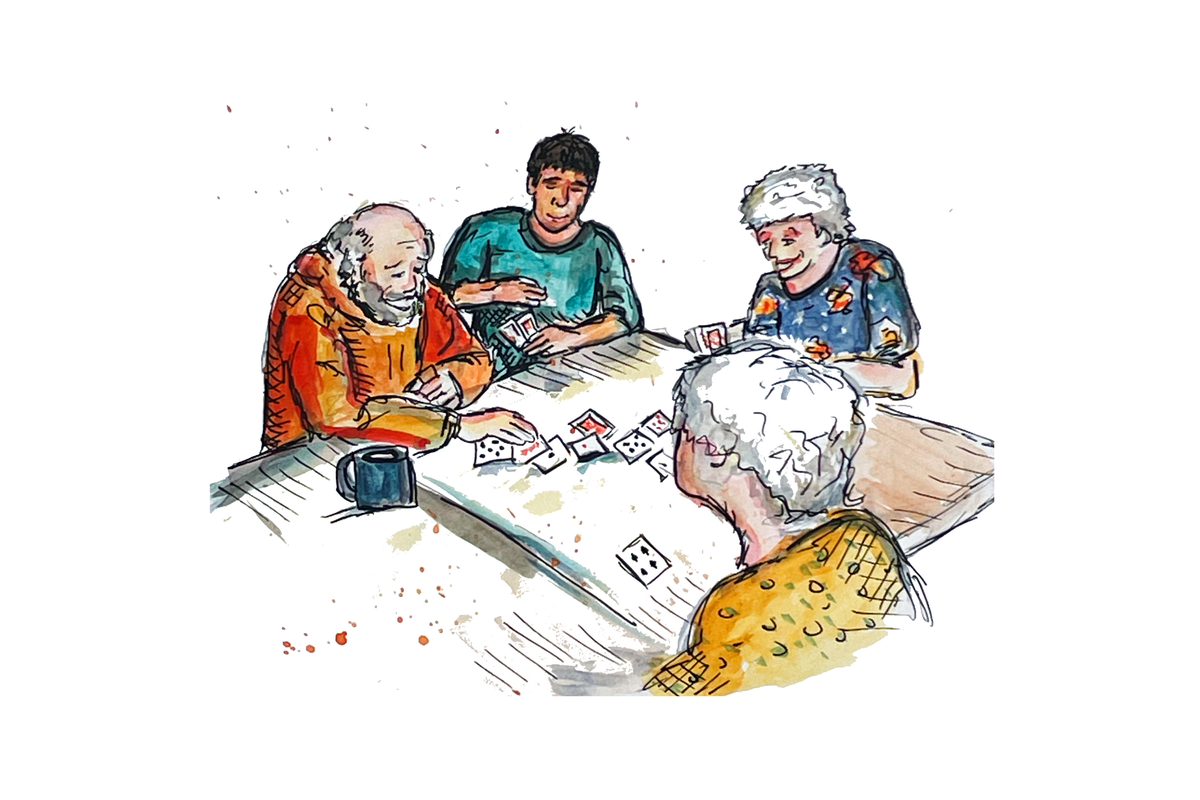
Q: How amenable are manufacturers to making packaging that is completely recyclable?
Pardini: I can only speak anecdotally, but I think there are many manufacturers who do like to lift up recyclability as a positive feature of their product. However, as mentioned earlier, universal recyclability across the geographic area where a product is marketed and sold is a trickier needle to thread.
Q: What is the potential for recycling solar panels and wind turbines?
Pardini: This one’s a little outside my wheelhouse, but I do like to point out that solar panels and wind turbines are really very new in the grand scheme of things. To have viable recycling pathways for any product, you need a lot of a consistent waste stream (lots of stuff with same sort of shape, size, and material makeup) to make it worthwhile to develop infrastructure and logistics to capture that material, and you need time to develop those systems.
Since wind turbines are relatively new and relatively uncommon to dispose of (I don’t have the facts and figures on me right now, but I would suggest a tonnage comparison to e-waste like computers, TVs, phones, printers, etc., which is another class of products that is also relatively new but more prolific and, as such, more readily recycled), I think those changes will come with time. Also notable: that change might be on the recycling side, and it might be on the manufacturing side of the equation.
